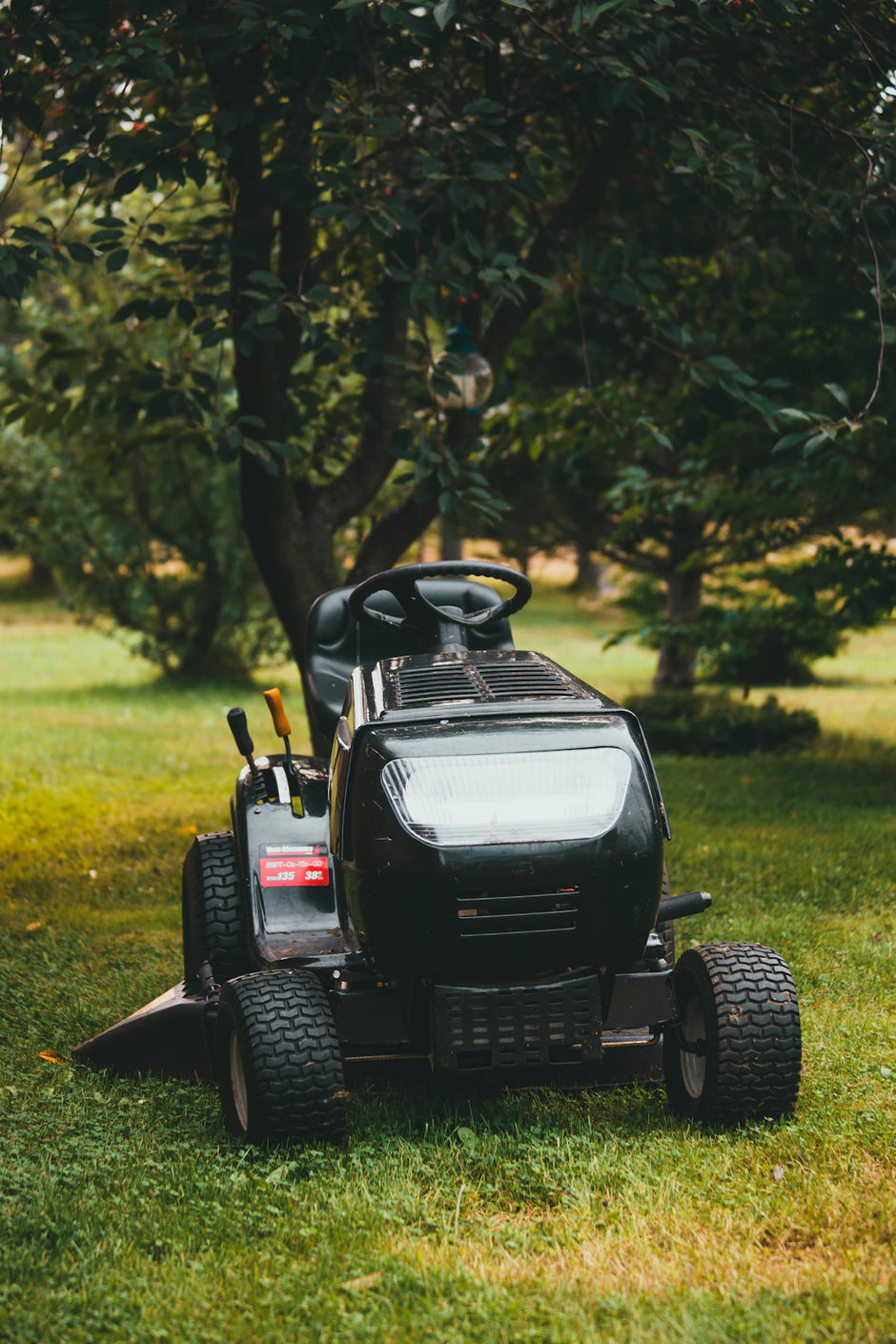Frequently Asked Questions
1. Why is cutting height important for my lawn?
2. What is the recommended cutting height for cool-season grasses?
3. How can I find the right cutting height for my specific grass type?
4. What are some tips for adjusting the cutting height on my lawn mower?
5. How can I practice eco-friendly lawn care?
When it comes to maintaining a small yard, the cutting height of your lawn mowers plays a crucial role. Achieving the perfect cut not only enhances the aesthetic appeal of your landscape but also contributes to the health and resilience of your grass. This blog post will explore why cutting height is essential, how it affects your yard's growth, and some tips on finding the right height for your lawn.
Understanding Cutting Height
The cutting height refers to the length of grass blades left after mowing. It is essential to recognize that different grass types have varying optimal cutting heights, which can significantly impact your lawn's overall health. Adjusting the cutting height allows you to tailor your mowing techniques to suit your yard's specific needs.
Why Cutting Height Matters
Maintaining the right cutting height is vital for several reasons:
- Grass Health: Cutting the grass blades too short can stress the plants and lead to issues like thinning grass, bare spots, and increased weed growth. Keeping the blades at an optimal height encourages a robust root system.
- Water Retention: Taller grass blades provide shade to the soil, reducing evaporation and promoting moisture retention. This is particularly important during hot summer months.
- Weed Prevention: Weeds thrive in areas where grass is cut too short. Longer grass can create a natural barrier, helping to keep unwanted plants at bay.
- Pest Control: Healthy grass can better withstand pests. Maintaining an adequate height strengthens your lawn’s defenses against various insects and diseases.
Finding the Perfect Cutting Height for Your Lawn
Finding the right cutting height is not a one-size-fits-all answer. Different grass types have specific needs. Here are some popular grass types and their recommended cutting heights:
- Cool-Season Grasses: Grass types like Kentucky Bluegrass and Fescue thrive in cooler climates. Ideal cutting heights for these varieties range from 2 to 4 inches.
- Warm-Season Grasses: Bermuda and Zoysia grass flourish in warmer regions. A cutting height between 1 and 3 inches is suggested for these lawns.
- Shade - Tolerant Grasses: If your yard has shaded areas, consider grass varieties bred for low-light conditions, which should also be kept at a height of at least 3 inches for optimal health.
Tips for Adjusting Your Cutting Height
Adjusting the cutting height is relatively simple, but it can vary depending on your lawn mowers. Here are some practical tips:
- Consult Your Owner's Manual: Before making adjustments, refer to the user manual. It typically provides guidance on the cutting height and how to achieve it.
- Use the Right Tools: Consider using a tool like the Husqvarna Automower coupler if your mower has adjustable features. This allows for precise adjustments for different lawn areas.
- Seasonal Adjustments: As the seasons change, so do your lawn’s needs. In cooler months, a higher cutting height can promote healthy growth, while in the summer, lower settings can facilitate better sun exposure.
- Keep Blades Sharp: Dull blades can tear the grass instead of cutting it cleanly, leading to damage and increasing the risk of disease. Regularly sharpening mower blades promotes cleaner cuts.
Common Mistakes to Avoid
When it comes to lawn care, there are several common mistakes related to cutting height. Avoiding these can lead to a healthier, more attractive yard:
- Mowing Wet Grass: Mowing when the grass is wet can lead to uneven cuts and clumping. Give your lawn time to dry before mowing.
- Cutting Too Short: As mentioned earlier, scalping the lawn by cutting too short can stress the plants. Follow the recommended cutting heights for your grass type.
- Neglecting Regular Mowing: Allowing your grass to grow too long between cuts can result in a patchy lawn and set the stage for pests. Aim for a regular mowing schedule.
The Impact of Seasonal Changes
Seasons play a significant role in determining cutting height requirements. Understanding these variations can help keep your lawn looking its best throughout the year.
Spring
As grass begins to grow vigorously in the spring, adjusting the cutting height to around 3 inches is recommended. This promotes healthy growth and establishes a strong foundation for your lawn.
Summer
During the hot summer months, you may want to lower the height slightly to about 2 to 2.5 inches. This helps maintain a balance between promoting sunlight and conserving moisture.
Fall
As temperatures begin to cool, raise your cutting height back up to about 3 inches. This promotes healthy growth and ensures the grass can withstand the upcoming winter dormancy.
Maintaining Your Lawn Mower for Optimal Performance
Regular maintenance of your lawn mowers can also impact cutting height and overall lawn health. Here are some essential maintenance tips:
- Regular Inspections: Conduct regular inspections of your mower to identify any issues that may affect performance, including loose belts or damaged parts.
- Change the Oil: Just like any motorized equipment, changing the oil regularly can keep your mower running smoothly.
- Check the Air Filter: Keeping the air filter clean is essential for efficient operation. A dirty filter can limit airflow and decrease performance.
- Store Properly: When storing your mower for an extended period, ensure it’s clean and stored in a dry area. This prevents rust and damage from moisture.
Eco-Friendly Lawn Care Practices
In today's environmentally conscious world, implementing eco-friendly lawn care practices is essential. The way you maintain your lawn can significantly impact the environment. Here are some tips for reducing your ecological footprint:
- Grasscycling: Leave the grass clippings on the lawn after mowing. They naturally decompose and provide nutrients back to the soil.
- Water Wisely: Instead of frequent shallow watering, deep watering once or twice a week encourages deep root growth.
- Reduce Chemical Use: Explore organic alternatives for weed and pest control to minimize toxic substance usage in your yard.
Enhance Your Lawn Care Strategy
In conclusion, understanding the importance of cutting height is fundamental for maintaining a healthy and attractive small yard. By applying the tips and insights discussed in this article, you can ensure that your lawn thrives throughout the year. Remember, every yard is unique, and finding the right balance may take some time, but the results will be well worth it.
So, roll up those sleeves and get started on making your small yard the pride of the neighborhood! With the right cutting height and proactive lawn care practices, you’ll enjoy a lush, vibrant lawn that adds beauty to your outdoor space.








